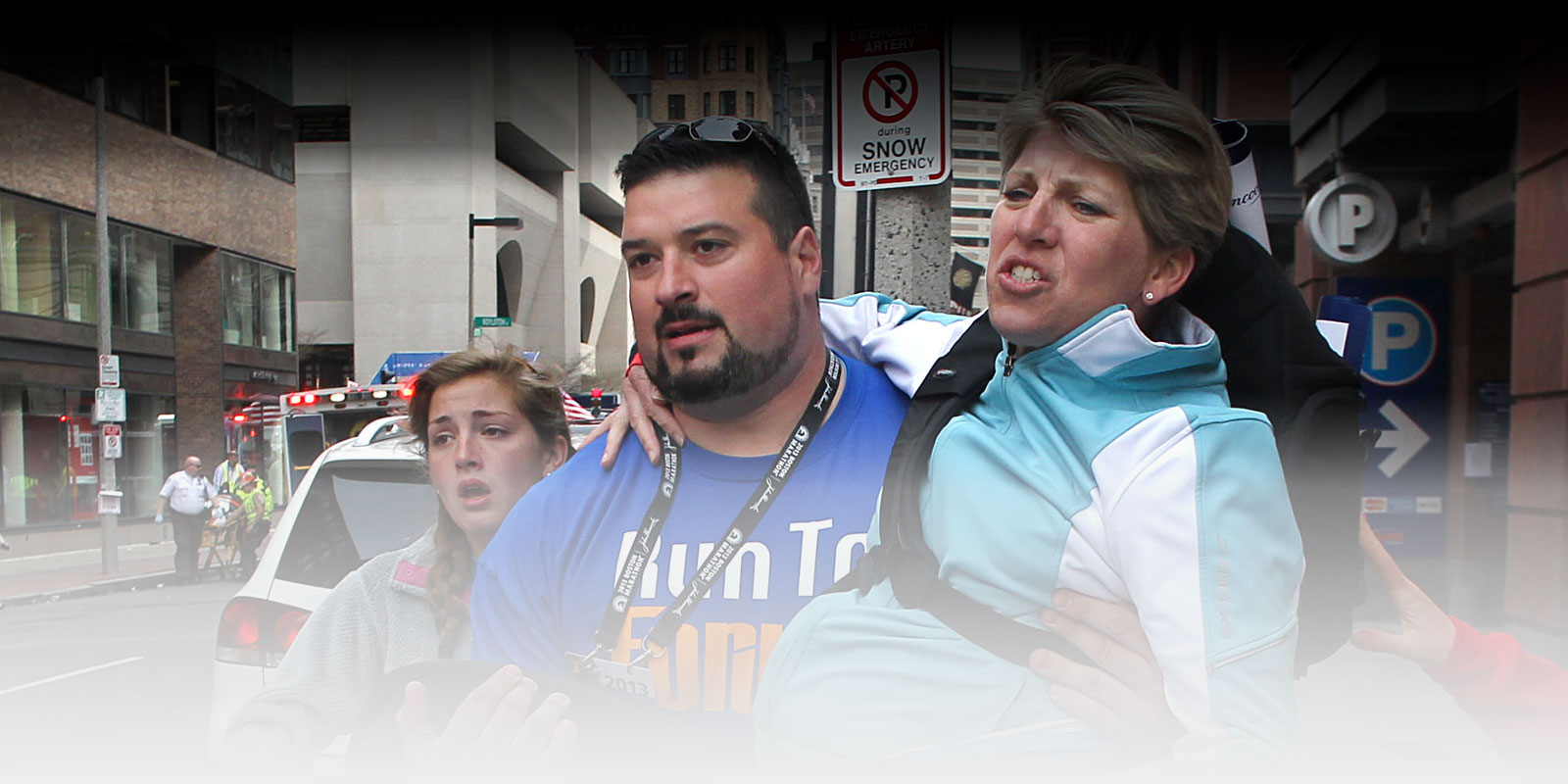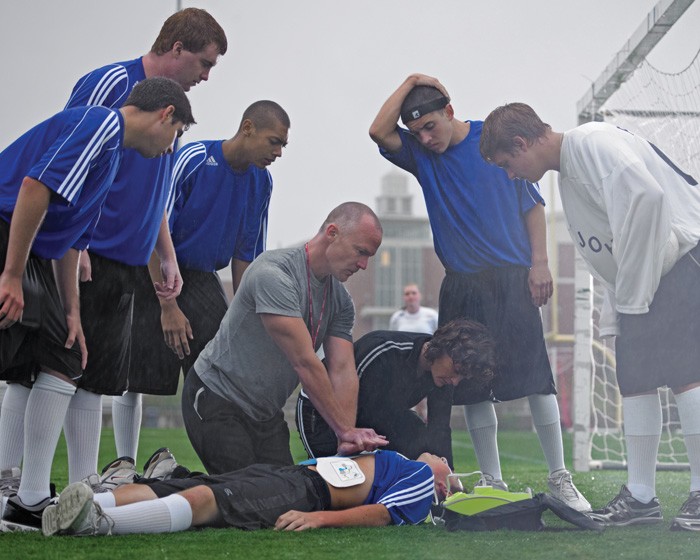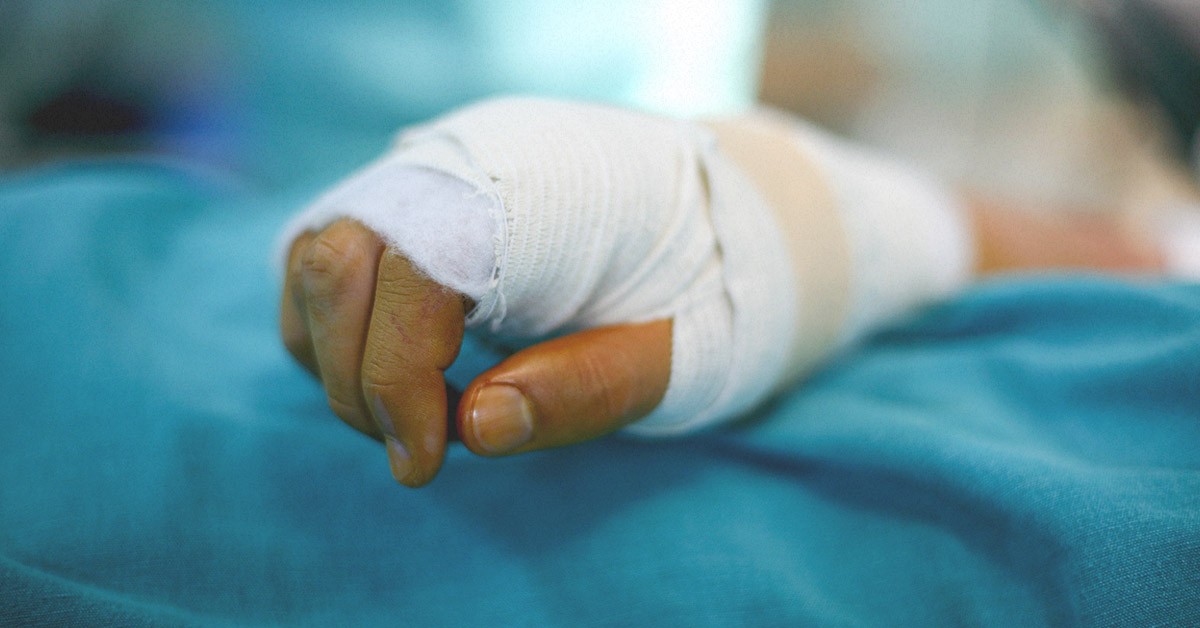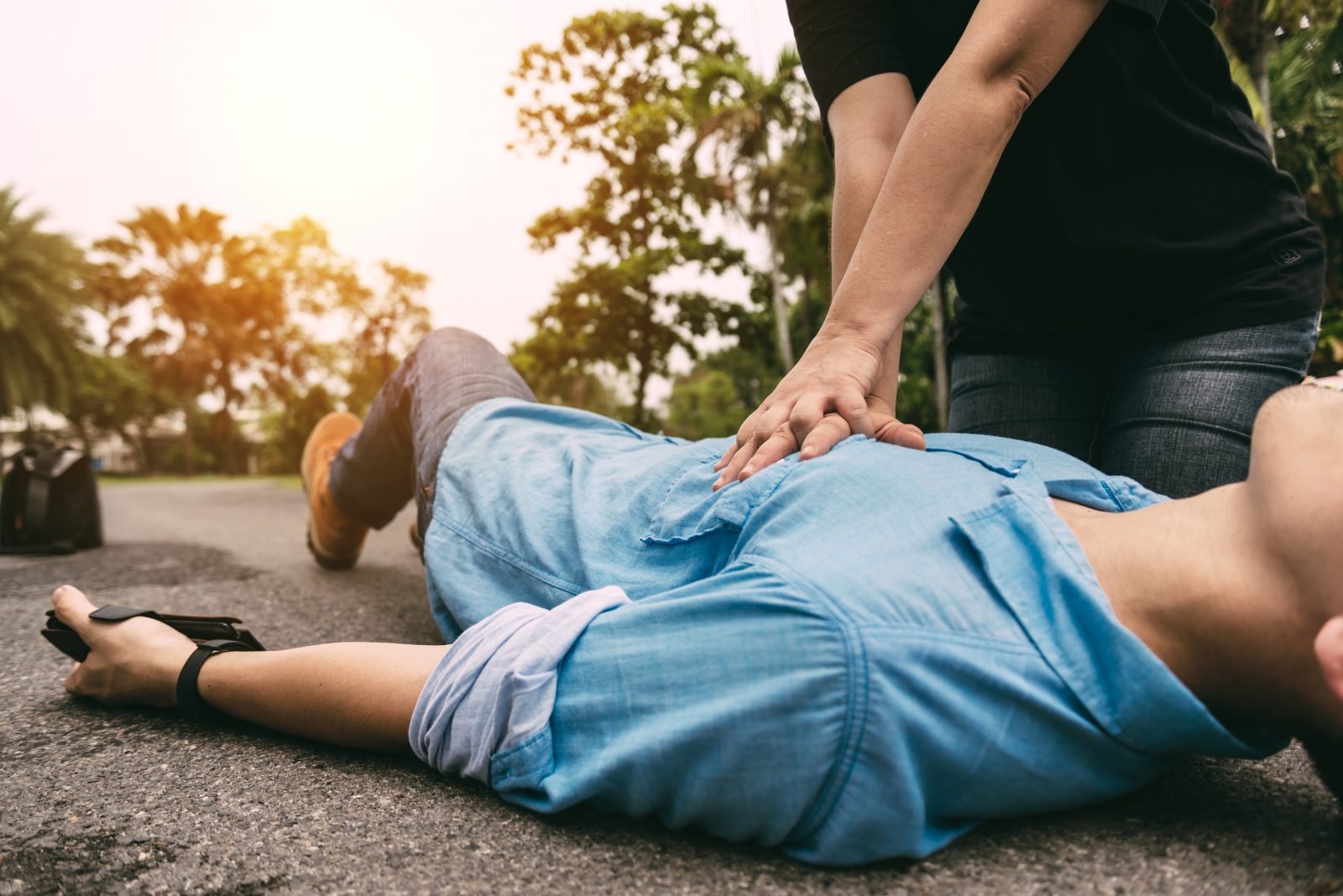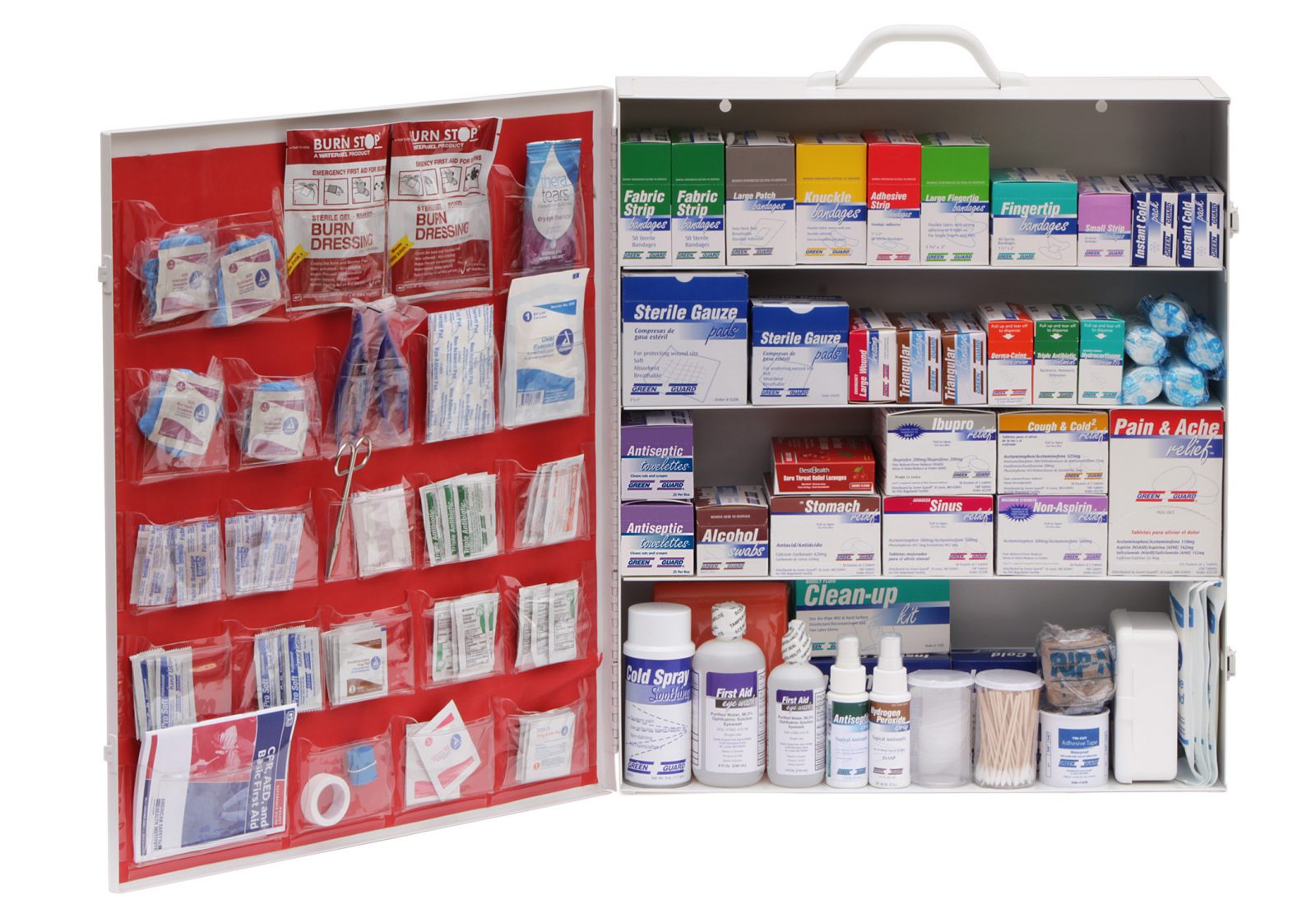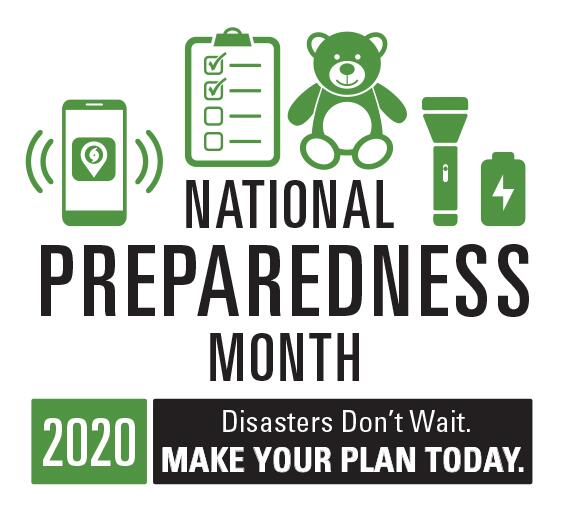
September is National Preparedness Month
National Preparedness Month (NPM), recognized each September, provides an opportunity to remind us that we all must prepare ourselves and our families now and throughout the year. This NPM will focus on planning, with an overarching theme: Disasters Happen. Prepare Now. Learn How. Take time to learn lifesaving skills − such as CPR and first aid, check your insurance policies and coverage for[..]

